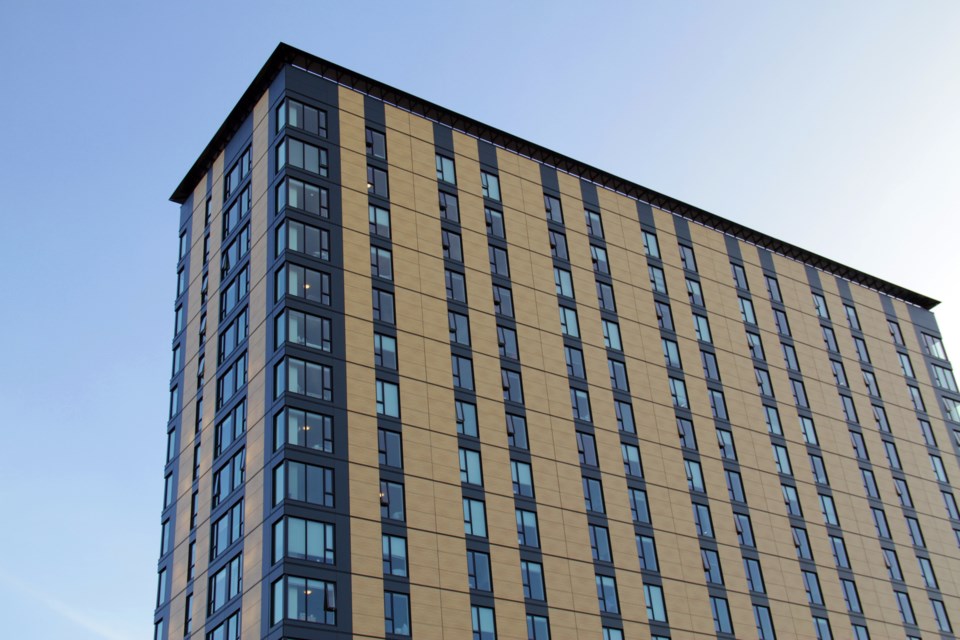As B.C. universities and colleges start the fall semester, students are having to grapple with the issue of finding an affordable and stable living situation.
A new study from the Institut National de la Recherche Scientifique (INRS), shows the ways in which Canadian cities deal with urban planning around off-campus student residencies.
Though the study was conducted in Ontario, lead researcher Nick Revington says that the findings can be applied anywhere in Canada, including Vancouver and Victoria.
“There tends to be less attention to students and their housing needs in urban planning. So we were sort of hoping to take a look at this and see what cities were actually doing,” Revington said.
According to the researchers, many cities don’t prioritize student housing needs because of their temporary status.
"Even though cities want to retain their graduates, they are treated as transient residents, living there only for the duration of their studies. As a result, cities place less emphasis on investing in solutions to the problems this population faces," said Alexander "AJ" Wray, a PhD student working on the study, in a press release.
Using data from the planning documents for 15 urban areas in Ontario, the study shows that cities utilize four different approaches to regulating student housing.
The study says one approach is to take little action, while the second approach is to redirect student housing away from established neighbourhoods. The third is to allow for high-density redevelopment of their residential neighbourhoods to accommodate students.
Lastly, some municipalities go so far as to slow, or even prohibit, the conversion of single-family homes into student housing.
“Regularly, those things tend to be through heritage conservation designations, for instance, but also through more conventional tools like zoning,” Revington said.
In Vancouver, UBC has taken the approach to utilize the land already available on campus and build as much as they can.
Matthew Ramsey, director of university affairs at UBC, says that the university knows that finding housing as a student can be challenging.
“It's been known for quite some time that Vancouver is an exceptionally difficult market for rent both in terms of cost and availability. And that's why, over the last 10 years, the university's invested $653 million in building student housing,” Ramsey said.
In addition, there have been approximately 15,000 student housing beds on campuses in Vancouver and Kelowna. According to Ramsey, this makes UBC one of the top student housing providers in North America.
He says that students who are having difficulties finding affordable living should contact their Enrollment Services Advisor for information on how to navigate the financial pressure.
The province of B.C. is also adding 8,000 on-campus student housing beds by 2028 as part of the 10-year building plan, Homes for BC, according to the provincial government website.
Revington believes that more emphasis should be placed on this group as cities continue to grow.
“There's a role for planning to ensure that there's more housing available to students. But I think there's also a role for other types of government institutions to play in order to provide housing for students that is affordable,” he said.



